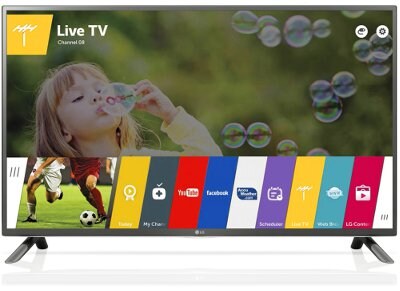This new post addresses another repetitive task which draws the attention of a Java developer, as the time goes by and newer versions of the jdk become available for the public. That is updating the Netbeans IDE with the most current version by editing the file:
"C:\PathtoProgramFiles\NetBeans 8.1\etc\netbeans.conf"
Although the IDE is smart enough to locate an existing jdk, every time it starts, it stalls and shows this message.
A sample netbeans.conf file follows below for your reference.
# Default locations of userdir and cachedir:
# (http://wiki.netbeans.org/FaqWhatIsUserdir)
#
# On Windows ${DEFAULT_USERDIR_ROOT} will be replaced by the launcher
# with "<AppData>\NetBeans" where <AppData> is user's
# value of "AppData" key in Windows Registry under
# "HKCU\Software\Microsoft\Windows\CurrentVersion\Explorer\Shell Folders"
# and ${DEFAULT_CACHEDIR_ROOT} will be replaced by the launcher
# with "<Local AppData>\NetBeans\Cache" where <Local AppData> is user's
# value of "Local AppData" key in Windows Registry under
# "HKCU\Software\Microsoft\Windows\CurrentVersion\Explorer\Shell Folders"
#
# On Mac ${DEFAULT_USERDIR_ROOT} will be replaced by the launcher
# with "~/Library/Application Support/NetBeans" and
# ${DEFAULT_CACHEDIR_ROOT} with "~/Library/Caches/NetBeans"
#
# On other systems ${DEFAULT_USERDIR_ROOT} will be replaced by the launcher
# with "~/.netbeans" and ${DEFAULT_CACHEDIR_ROOT} with "~/.cache/netbeans"
#
# You can also use ${HOME} variable which will be replaced with
# user.home JVM system property value. This variable is valid only in
# netbeans_default_userdir and netbeans_default_cachedir properties.
#
# NOTE: If you specify a non-default userdir path on command line
# (--userdir option) and don't specify a cachedir path (--cachedir option),
# cachedir will be in "<userdir>/var/cache".
#
# Cachedir must be different from userdir. The same cachedir and userdir
# would cause problems.
#
netbeans_default_userdir="${DEFAULT_USERDIR_ROOT}/8.1"
netbeans_default_cachedir="${DEFAULT_CACHEDIR_ROOT}/8.1"
# Options used by NetBeans launcher by default:
# (can be overridden by explicit command line switches)
#
# Note that default -Xmx is selected for you automatically.
# You can find these values in var/log/messages.log file in your userdir.
# The automatically selected value can be overridden by specifying -J-Xmx
# here or on the command line.
#
# If you specify the heap size explicitly, you may also want to enable
# Concurrent Mark & Sweep garbage collector.
# (see http://wiki.netbeans.org/FaqGCPauses)
#
netbeans_default_options="-J-client -J-Xss2m -J-Xms32m
-J-Dapple.laf.useScreenMenuBar=true -J-Dapple.awt.graphics.UseQuartz=true
-J-Dsun.java2d.noddraw=true -J-Dsun.java2d.dpiaware=true
-J-Dsun.zip.disableMemoryMapping=true"
# Default location of JDK:
# (set by installer or commented out if launcher should decide)
#
# It can be overridden on command line by using --jdkhome <dir>
# Be careful when changing jdkhome.
# There are two NetBeans launchers for Windows (32-bit and 64-bit) and
# installer points to one of those in the NetBeans application shortcut
# based on the Java version selected at installation time.
#
netbeans_jdkhome="C:\PathToJava\jdk1.8.0_131"
# Additional module clusters:
# using ${path.separator} (';' on Windows or ':' on Unix):
#
#netbeans_extraclusters="/absolute/path/to/cluster1:/absolute/path/to/cluster2"

